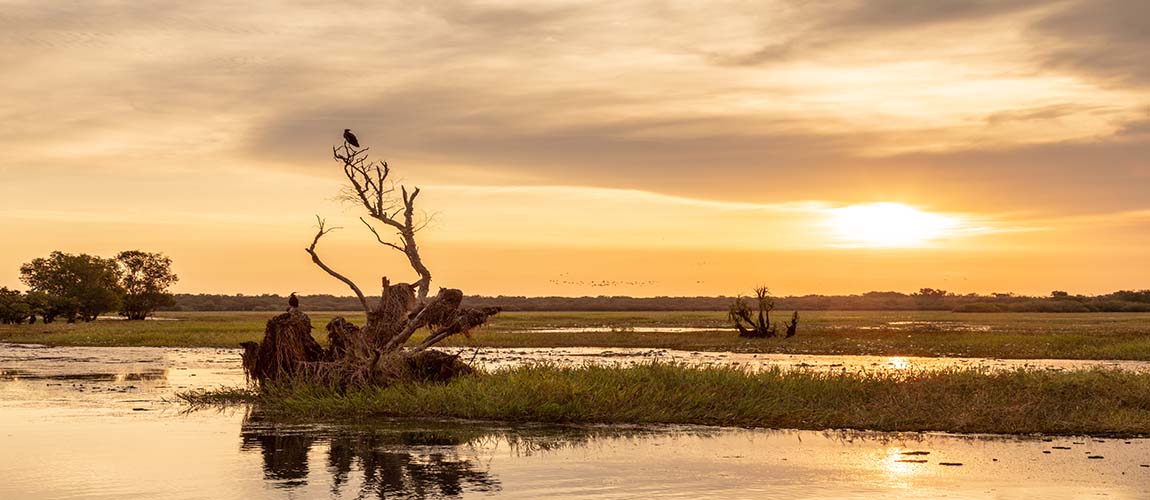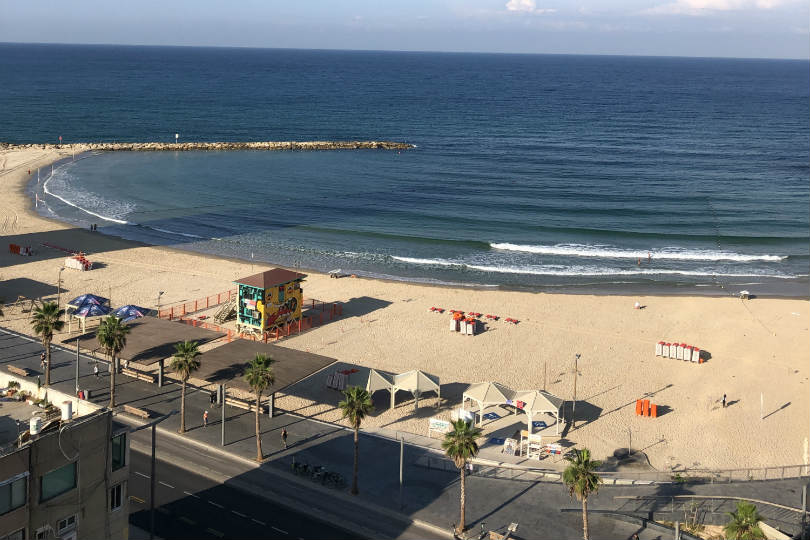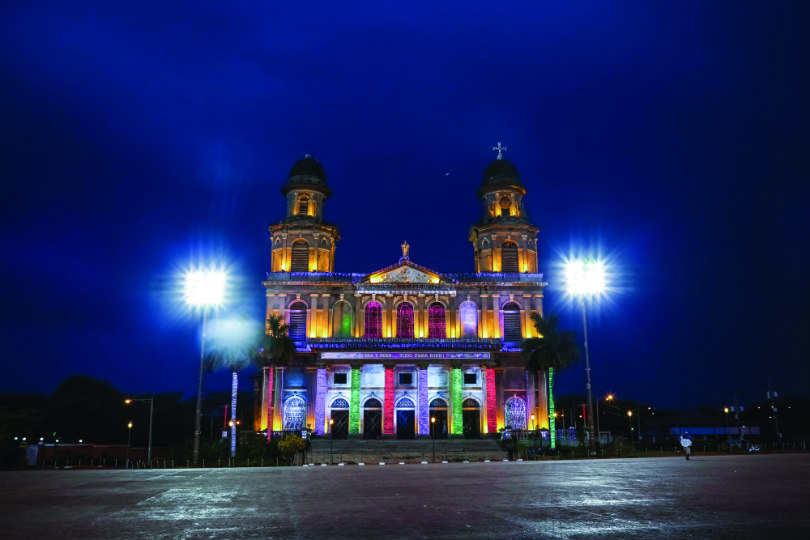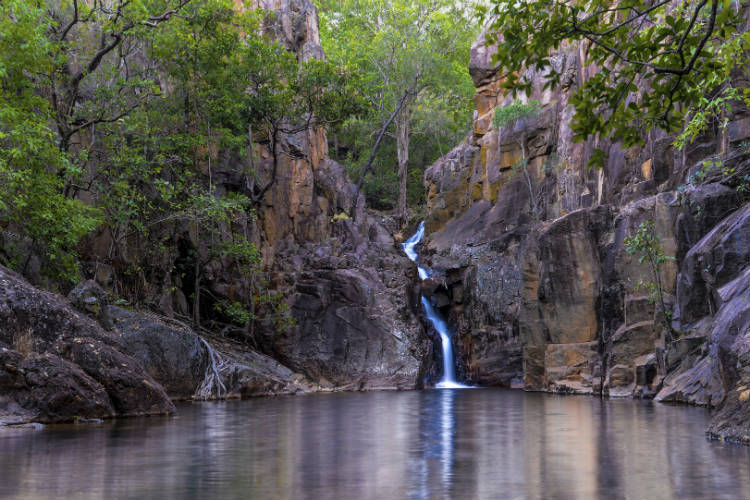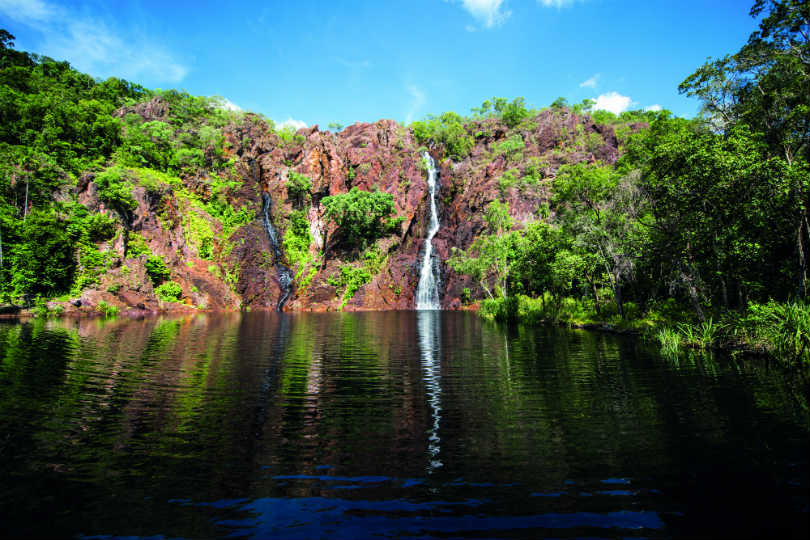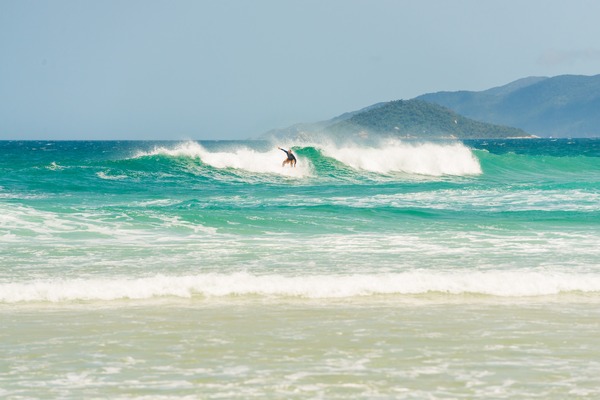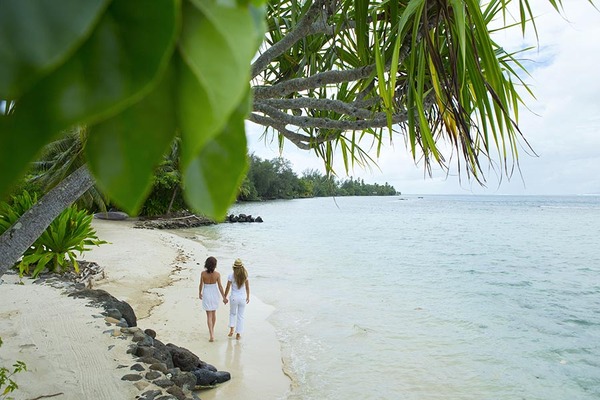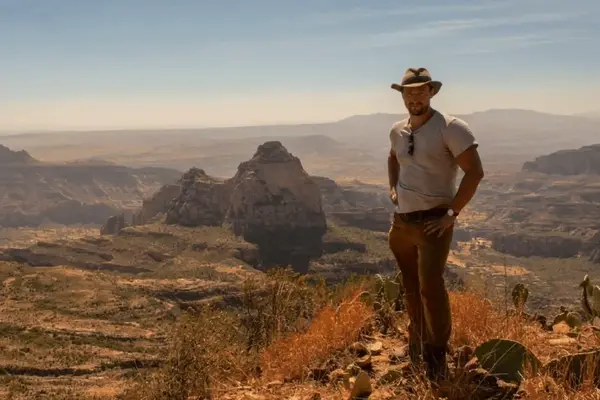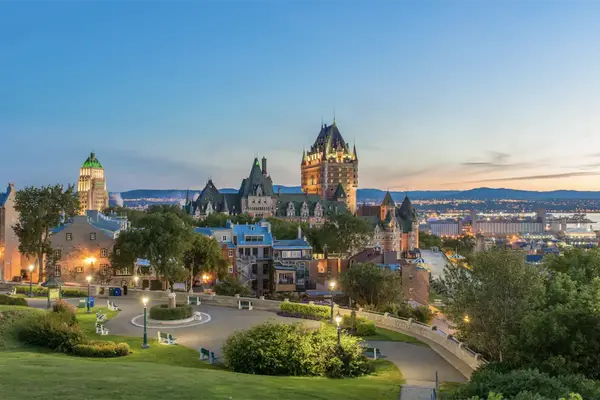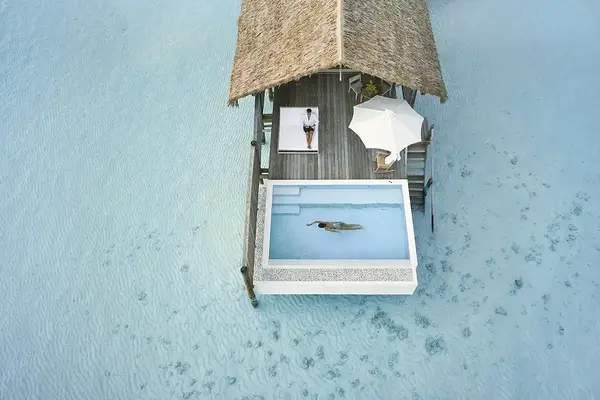Exploring culture and wildlife in Australia's Northern Territory
With its indigenous culture and wildlife-rich national parks, the Top End in the Northern Territory of Australia has a charm of its own.

Midway through the film at Darwin’s Deckchair Cinema, a group rises noisily to leave, throwing shadows across the outdoor screen.
Nobody tuts, because the disrupters are bats, and we’re similarly sanguine when possums start foraging for popcorn around our feet.
Darwin might be a modern city, but it’s the capital of Australia’s largely untamed Northern Territory, and the wildlife here is just a hint of what’s in store.
Most people head on to the national parks of the Top End, and indeed my fam group’s first foray is a day trip to Litchfield national park.
Within a couple of hours, high-rise hotels are replaced by towering termite mounds.
In the spring heat we’re glad of the multiple swimmable waterfalls that are the main attraction of this lush park.
We descend rocky steps to the base of a ravine where water crashes around us, then wallow in a series of shallow pools.
Indigenous experiences
Next we hit the Top End hot spot of Katherine national park, which is now Aboriginal-owned and known by its original name, Nitmiluk, meaning “cicada place”.
We stop at Top Didj Cultural Experience & Art Gallery to learn some indigenous skills from Manuel, who lived off the land until his teens.
I over-confidently select a tricky design to paint Aboriginal-style, then curse myself when I’m handed the traditional brush – a fine piece of grass.
It’s perhaps lucky our later spear-throwing efforts aren’t up to endangering wildlife as there are numerous wallabies hopping about: Top Didj is also a rescue centre.
Instead, the biggest cheer comes when our three-person relay rubs sticks into smouldering sawdust that ignites a pile of kindling.
Happily no fire-starting is required for our excellent evening meal at Cicada Lodge, kicking off with alfresco canapes as the sun sets over the paperbark trees.
The lodge is perfectly positioned for our cruise through the park’s famous gorges the next morning, when the dawn light gives the rocks an orange glow and we’re excited to see crocodile tracks leading to sandy nesting sites.
We’re touring with Wayoutback Australian Safaris and we overnight in their mesh-sided tents on a campsite at Cooinda.
After we take a welcome soak in the pool of the neighbouring lodge, our driver-guide rustles us up steaks and salad. We have now entered Kakadu national park – larger, staggeringly, than some European countries.
It’s a dawn start again for Yellow Water, at the park’s centre. Mist rises from the billabong’s surface under both the moon and rising sun. There’s a sense we’re in for something special.
Animal magic
As our simple boat cuts through the water, we seem to turn the pages of a living encyclopaedia of birdlife.
In one glance I see a large cormorant spreading its wings to dry, an Australian heron standing to attention and a pair of sea eagles diving for their breakfast. No wonder this place is Unesco-listed.
Our driver cuts the engine and we drift surrounded by water lilies. It’s a scene of green and pink until there’s a fleeting splash of amber from an azure kingfisher.
“Our Aboriginal guide has fascinating tales, along with the timing of a stand-up comedian”
Just below me I see a jacana, or Jesus bird, exploring the pads, its huge feet spreading its weight so that it appears to walk on water.
Our Aboriginal guide has fascinating tales, combined with the timing of a stand-up comedian. “If someone goes in, I’ll throw this [life] ring to whatever’s left,” he jokes.
Yes, there are crocodiles here. We spot knobbly backs in the water and one basking on the bank as our guide spins yarns of their territory battles like ghost stories.
As a child, he helped his elders build a wall of croc-scaring noise here, bashing sticks and beating the water so women could safely wade in to gather the edible water lilies.
Other Aboriginal food sources are depicted at Ubirr, an easily accessible but jaw-dropping ancient rock art site.
Walking a kilometre loop, we see X-ray-style paintings of fish and turtles that have been there for up to 20,000 years. There’s even a (now-extinct) Tasmanian tiger depicted, proving the animal once lived this far north.
Flying high
Our next stop is Explore the Wild Top End Safari Camp, created by adventurer Matt Wright, where we’re croc hunting, albeit armed only with cameras.
Sure enough, a female comes to investigate our airboat and we take off in case she decides to jump.
The journey to our mangrove spot has been even more thrilling. From the camp itself, where glamping pods sit between giant termite mounds, we hop into a helicopter, our pilot sweeping us low across an entire termite city, then hovering over trees glowing with the remains of forest fires.
On our last night, the glow comes from the celebrated Darwin sunset. We slip out from the food and craft stalls of the bustling Mindl Beach market to join the crowd watching from the sand as the sea turns red and the birds head to roost, handing over to the bats and the possums.
Book it
Travel 2 offers a nine-day Top End Adventure 4x4 self-drive with a mix of four-star accommodation at the Vibe Hotel Darwin and Cicada Lodge in Nitmiluk, plus three-star stays in Litchfield and Kakadu, for £1,699pp including flights with Singapore Airlines.
Based on travel from 5-20 May 2020.
